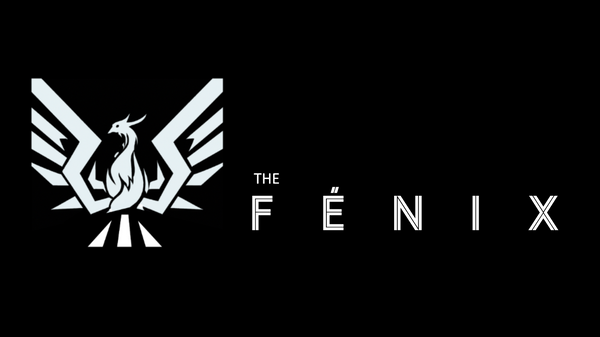Attention matters in learning. We all know this just by knowing ourselves... if we are in a long lecture or seminar, or just a work meeting, once we mentally check out, we stop remembering what was said. We stop learning.

I'm not an expert on body language, but this one appears to me to have checked out of this meeting.
The hockey season can get long and (most of the time, anyway) it’s the same coach at the end of the season as the beginning. And, like the rest of us, coaches have habits. These include ones they don’t even realize are in play. This can make for a repetitive experience for players over the course of a season.
When deciding on practice plans, some coaches mostly just try to run effective practices that address things that they notice are holding the team back in games. In these cases, coaches will have go-to drills that they will tend to come back to again and again. This can be advantageous since players won’t require as much explanation in order to get those drills up and running. But this can be a source of repetitiveness and, thus, staleness in practices. A related issue is the same coach will tend to notice the same issues in games and as a result their practices will tend to target those same issues many times over the course of a season.

Here's a guy that takes practice planning seriously. Too seriously?
Other coaches spend some of their energy on thinking about how to avoid the repetitiveness and staleness issue and work to refresh their practice plans over the course of the season. If a coach chooses this path and overdoes it at the expense of focusing on creating effective practice plans that target the issues which are holding the team back, then we can help to keep players attention at the cost of targeting their most important needs. But, if the concept of targeting practice designs at areas of need can be kept in view along with the need to keep things fresh, one can produce a very effective set of practices for the team.
Still, is it possible that something may be left on the table just due to having the same coach with the same style leading the practice program for the whole year? I suspect so. But, where is the opportunity to push things further?
Can we create circumstances where players consistently feel that sense of challenge that inspires them to try to overcome?
Can we give them something new to strive for in those portions of the season where there is a risk of losing their attention?
Many programs have built-in mechanisms to give their teams this sort of jolt regardless of what their coaches may be doing.
A good example of mechanisms that can be built into youth hockey programs to serve this purpose is "skills nights" where a professional skills coach is brought in to provide a different voice and to run different skills content than the team has been working through in recent practices.
Another good example is the Competitive Edge Training Center (home base of The FÉNIX). In our training center, we run skills practices just in an alternate venue that is particularly well suited to a certain set of skills (forward stride details and multitasking on our skating treadmill along with puckhandling and shooting in our synthetic ice area). We generally hear form teams that kids enjoy these sessions as a way to break up the "usual routine" over the season.

One good way to keep things fresh over the course of a long season... have practices in alternative venues. In this case the venue (Competitive Edge) includes the skating treadmill shown above.
Or, falling back to a point made in an earlier blog post, one can mix in practices where a lot of the time is spent on drills that turn the reps into a hockey version of an obstacle course. This is just a theory of mine, but I think obstacle courses automatically get kids’ attention and that is what is behind the rise of a certain style of skills session that has been growing in popularity in recent years. I think obstacle courses are just inherently fun and now we are just discovering how to use them for hockey.
And, to use them for hockey we should consider how to design them to offer the most improvement. If we want to get as much as we can out of these, they shouldn't be just any obstacle course. Ideally the obstacles encountered would be best overcome with hockey-specific movements.
So, an obstacle course similar to a “Crashed Ice” race (or as similar as possible given that it's on a flat ice sheet) wouldn't be ideal. The problem would be that the sort of agility that makes for the fastest way through a Crashed Ice course isn’t the same that makes for the most effective plays in hockey. On the other hand, a Crashed Ice sort-of design would still be good for demanding high-performance hockey-type athleticism.
Given this need for game-applicable hockey movements, the trend in recent years is for hockey-type obstacle courses to be built around challenges that mix puckhandling and agility skating. The next piece of the puzzle to add into these types of drills would be passing to avoid fostering a tendency toward a more selfish style of play, but that is a challenge for another day.

If you want to create something like an on-ice puckhandling obstacle course, I think the best thing we've come up with so far is paths through a series of slip under devices (often with some other types of obstacles mixed in as well). So, get their attention by tapping into the human affinity for obstacle courses! And make them hockey applicable by using the FÉNIX (or similar)!

